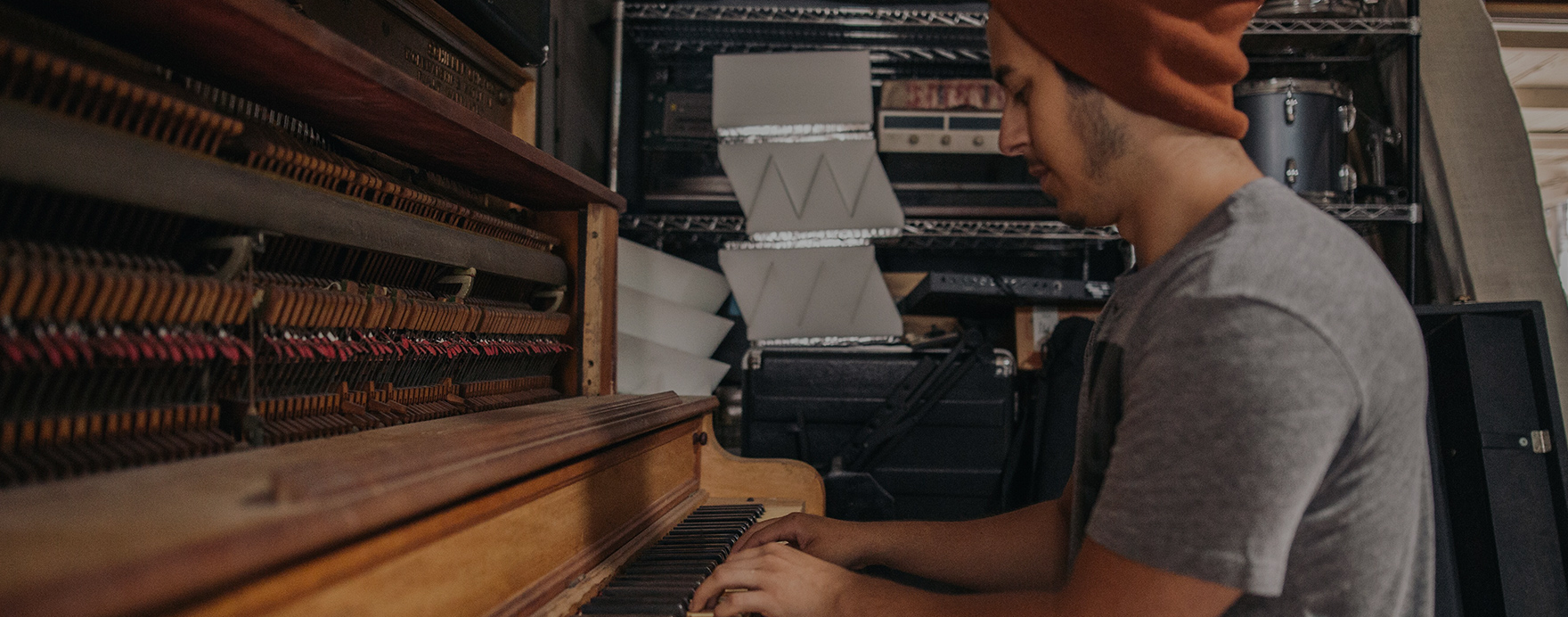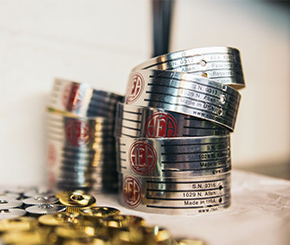The AEA Story
In 1976, we began servicing ribbon microphones, and by 1998 we were manufacturing 100% of the parts for the RCA 44. We decided to release our version of the 44 and thus was born AEA Ribbon Mics.
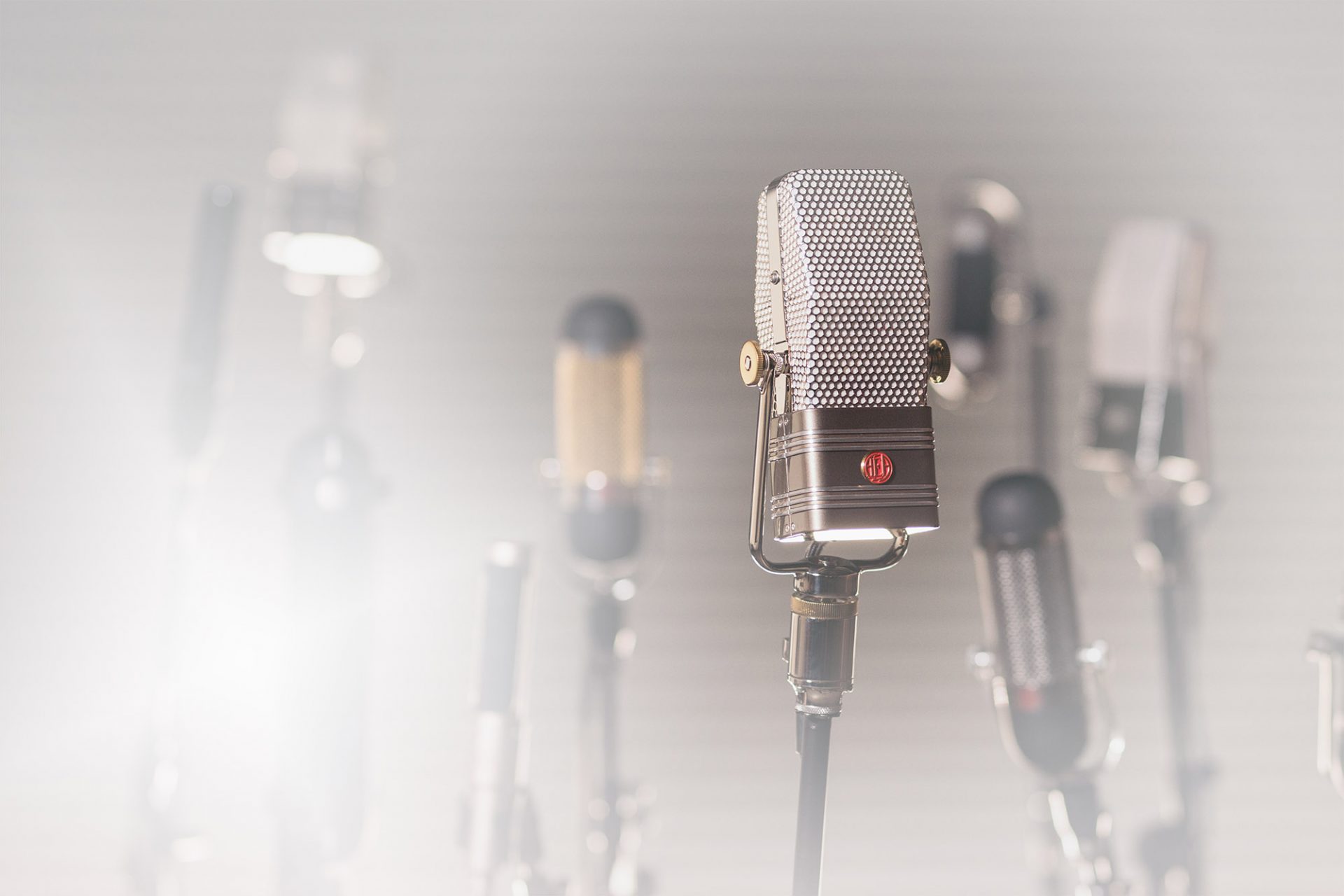
Handcrafted in Pasadena, California, U.S.A.

Since the creation of the R44C, AEA has expanded into designing and building new ribbon microphones, each with a unique application and function, using the same RCA traditions. Over the years, AEA has advanced ribbon technology, using new materials and updated manufacturing techniques. We now make a whole line of ribbon mics that each give musicians a unique sonic signature.
Every microphone in the AEA line has been developed to fill the needs and solve problems of engineers and musicians alike. Before ever putting a microphone up to a test rig, we always listen to it first. A microphone may measure well, but it doesn’t mean it sounds good. At AEA, we make sure that every microphone sounds good and fits musically right in your mic locker. As Duke Ellington famously said, “If it sounds good, it is good.”

Continuing a Legacy
After ribbon microphones were first invented by Telefunken in Germany in the early 1920s, Dr. Harry F. Olson of RCA in Camden, New Jersey, began developing ribbon mics using field coils and permanent magnets. RCA’s first ribbon microphone was manufactured in 1931, impacting both the audio recording and broadcast industries in the United States and the world.
A year later, the first of the RCA 44 series ribbon microphones was released. The 44 quickly gained a reputation as the most musical sounding microphone ever made. Today, RCA 44s are still treasured and are sold at prices many times their original cost. After General Electric bought RCA, they shut down RCA’s microphone division. In 1976, Dick Knoppow, then AEA’s chief engineer, urged AEA to take over the servicing of RCA’s ribbon mics, since there were thousands of orphaned mics around the world.
Wes Dooley, AEA’s founder, and Knoppow visited Jon Sank, RCA’s chief engineer, who taught them RCA’s technique for installing and tensioning their ribbons. Sank also gave them a large stack of new-old-stock ribbon material and a ribbon corrugater that’s still used at AEA. AEA began servicing RCA ribbon microphones and replicating and machining RCA replacement parts, so they could fix microphones with various broken parts, which the company still does to this day.
About our founder
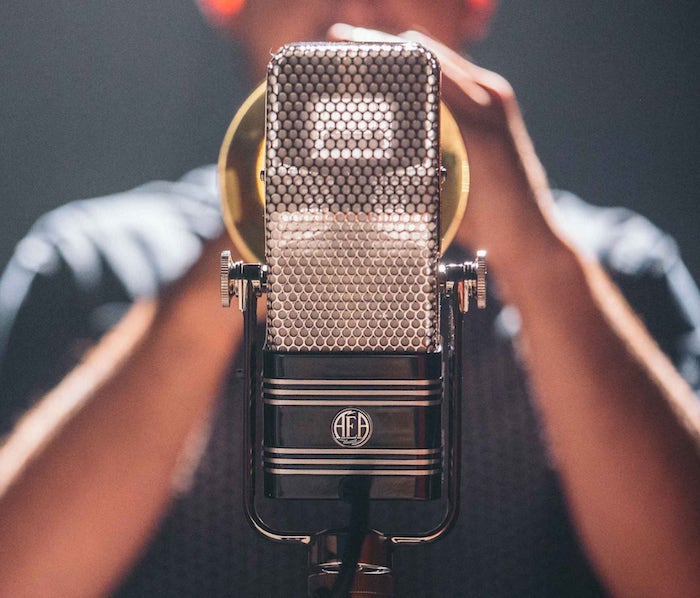
It was no accident that AEA got into the ribbon business. Wes Dooley always had a love for the RCA 44
because it was the favorite microphone of his first mentor in audio recording, Wally Heider. When Wes
was 18-years-old, Heider taught him how to record an entire band with just one RCA 44 mic.
In the early 1990s, Wes was diagnosed with cancer and re-evaluated what he wanted to do with the rest
of his life. Though AEA had become known as the repair center for RCA and Coles mics, it also sold audio
equipment, worked in forensic audio for legal cases, and developed a line of preamps, mixers and other
outboard gear.
Wes’ true passion was always ribbon mics. He made it his goal to create a replica of the RCA 44BX from
the stock of replacement parts that AEA had built up for over 20 years. In 1998, AEA re-created 100
percent of the interchangeable parts used within the original RCA 44 microphone. Using those parts,
they put together a new microphone — called the AEA R44C — using RCA’s original methods and
techniques. Wes even used the tools given him by Jon Sank at RCA.
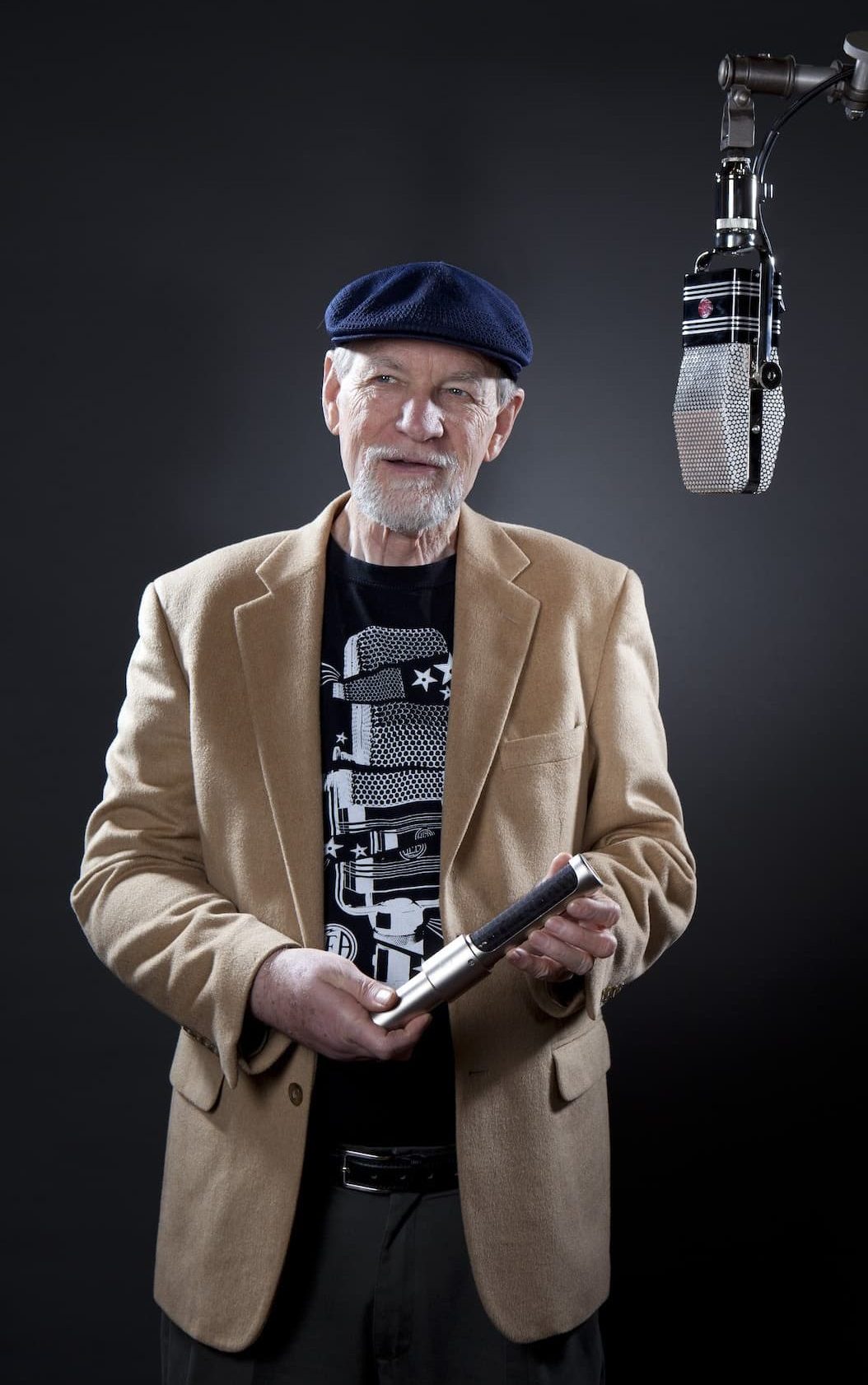
Our Mission

Our Team
